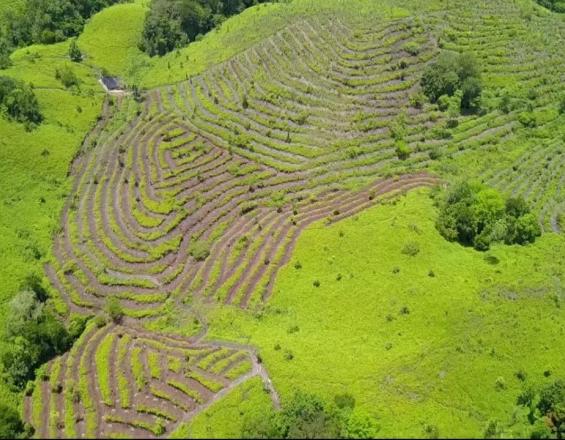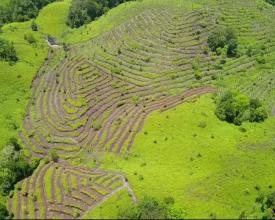Life - Ecological Restoration through Partnerships

Biodiversity Sri Lanka in partnership with the Sri Lanka Forest Department, IUCN Sri Lanka and selected private sector partners, undertook a pilot project to establish a biodiversity baseline in a 10ha area of degraded rainforest, which was cleared for cultivation and subsequently abandoned, resulting in the colonization of it by the pioneer fern species Dicranopteris linearis, located in the Kanneliya Conservation Forest. The intension was to restore this area using principles of restoration ecology, to enhance its ecological functions, habitat quality, species diversity and its capacity to provide biodiversity and ecosystem services that is in close approximation to the surrounding wet lowland forest of which it was a part previously, before it was converted to its present state. The project aimed to develop a Biodiversity Credit Accrual System for Sri Lanka using the insights derived, with the objective of assigning a unit value for enhanced biodiversity and ecosystem services.
Impacts
Partners involved in the pilot project will be recognized as pioneers in this novel scheme and will be the first private sector companies to earn biodiversity credits from restoration activities, which will be recorded in a 'Bio-register' and may at a later stage be used for managed offsetting of their biodiversity footprint. The project also monitors progress with respect to changes in species diversity and composition in the restored area and measurable changes in ecosystem services such as improvement in soil and water quality and quantity within the restoration site. The project has also provided ample opportunities for staff engagement programs. Partners will contribute towards the formulation of a white paper for consideration of state agencies in the formulation of a well thought out national policy for biodiversity off-setting - thus enabling project owners, with incentives to manage land for conservation purposes for the first time in the country. It is also a means of improving the livelihoods of the surrounding communities through indirect benefits such as improved ecosystem services from the project and direct involvement in terms of employment in the various roles required by the project.
